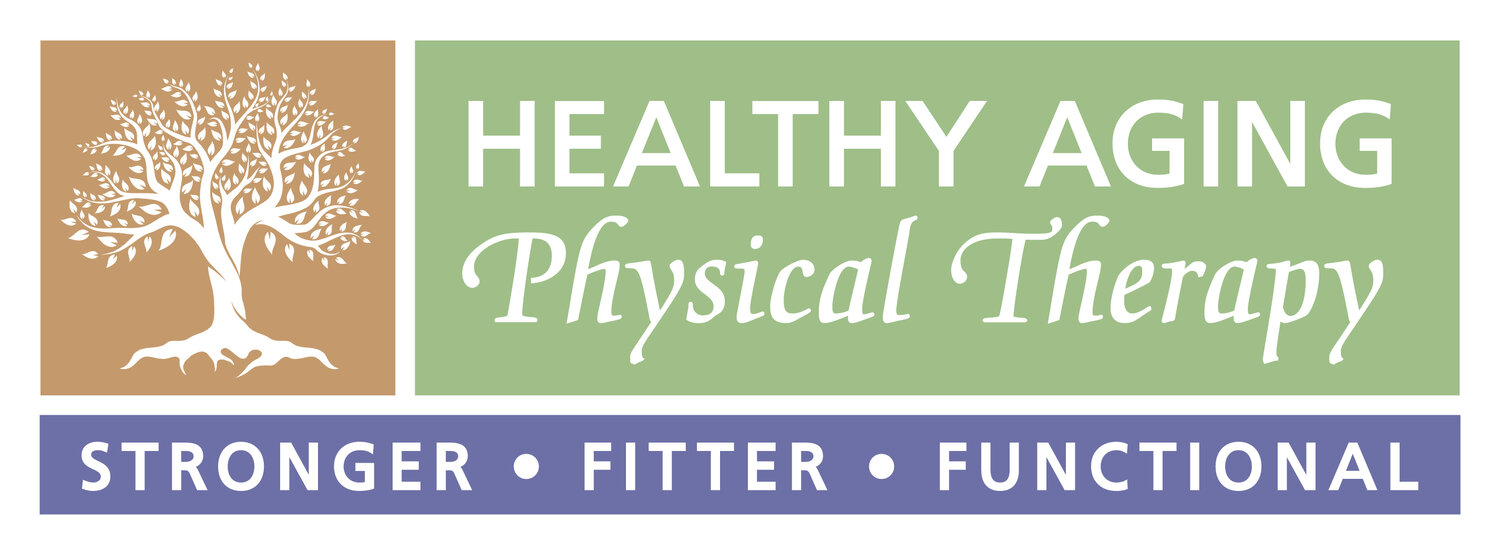HAE series: the Pulmonary system
The Basics
While the heart may seem like the most important organ in your body, it would be quite lonely without the pulmonary system to which it is attached. The pulmonary system is responsible for the critical task of gas exchange - or the transfer of fresh oxygen into the bloodstream, and the removal of carbon dioxide from it. Oxygen makes all the things happen. WIthout oxygen, there would be no energy. Without energy, there would be no functioning tissues, organs or muscles. In fact, the brain can only function about three minutes without oxygen and if cut off for any longer, will likely sustain some degree of brain death (*except in cases of severe hypothermia, but that’s a story for a different time.) All said and done, you inhale and exhale approximately 2000 times a day, exchanging 11,000 Liters of air by the time you start the next.
This process occurs in four different stages. Pulmonary Ventilation initiates the cycle by drawing air into and forcing air out of the lungs. The muscle that forms the base below your lungs, the diaphragm, contracts and relaxes to create a vacuum effect; the oxygen rich air from the atmosphere is drawn in through the nose and mouth, and into your system by way of a series of pipes. The air first enters the pharynx, then passes into the larynx. The larynx becomes the trachea and the trachea splits into the two primary bronchi, which then each split into secondary bronchi, each of those then splitting into more and more segmental bronchi. This elaborate splitting and resplitting creates the tree-like shape that makes up each lung. The right lung is broken into three lobes; the upper lobe, the middle lobe and the lower lobe. The left lung only gets two, because it leaves a notch open where the heart sits and has an upper and lower lobe only. Each of the very last bronchioles in the tree ends at an alveolus. Multiple alveoli bunch together to form an alveolar sac. This is where the action happens.
The alveolar sacs are responsible for the External Respiratory phase. Each sac looks like a tiny cluster of grapes and this is where the lung tissue connects to the blood stream. Blood leaves the right side of the heart by way of the pulmonary arteries and ends as capillaries who wrap around the alveolar sacs where they can proceed to transfer their gasses. (If you’re quick on the pick up, you’ll realize this is totally counter intuitive as arteries are usually associated with red, oxygen rich blood, but the term artery actually just indicates direction. An artery is simply a blood vessel which goes away from the heart, which in this case, it does.) During this gas exchange, carbon dioxide is deposited back to the lungs to be exhaled, and oxygen is transferred from the alveoli into capillaries to bind to hemoglobin and enter the blood stream. This, now oxygen-rich, blood travels along the pulmonary vein into the left side of the heart to be pumped out into the body. (Get the counterintuitive reference now? Though veins are usually oxygen-poor, these are oxygen-full because a vein simply indicates it is returning to the heart.)
The role of the elaborate vascular system is now to enable the Transit of Respiratory Gases. Blood travels throughout the body through arteries to every single muscle, tissue and organ in your body and provides the oxygen needed to created energy to keep those cells functioning. As these arteries turn into smaller capillaries and terminate at their designated tissue site, the fourth and final phase, the Internal Respiration completes the cycle. Oxygen transfers from the bloodstream into the tissues, and the tissues trade out the residual carbon dioxide that has been left there as a byproduct from energy production. I’ll leave you with a fun fact: Once that carbon dioxide is exhaled back into the air, it is used by plants for photosynthesis - which then creates more oxygen for us to breathe. #CycleOfLife.
You can watch a pretty sweet Nat Geo video about the lungs here.


